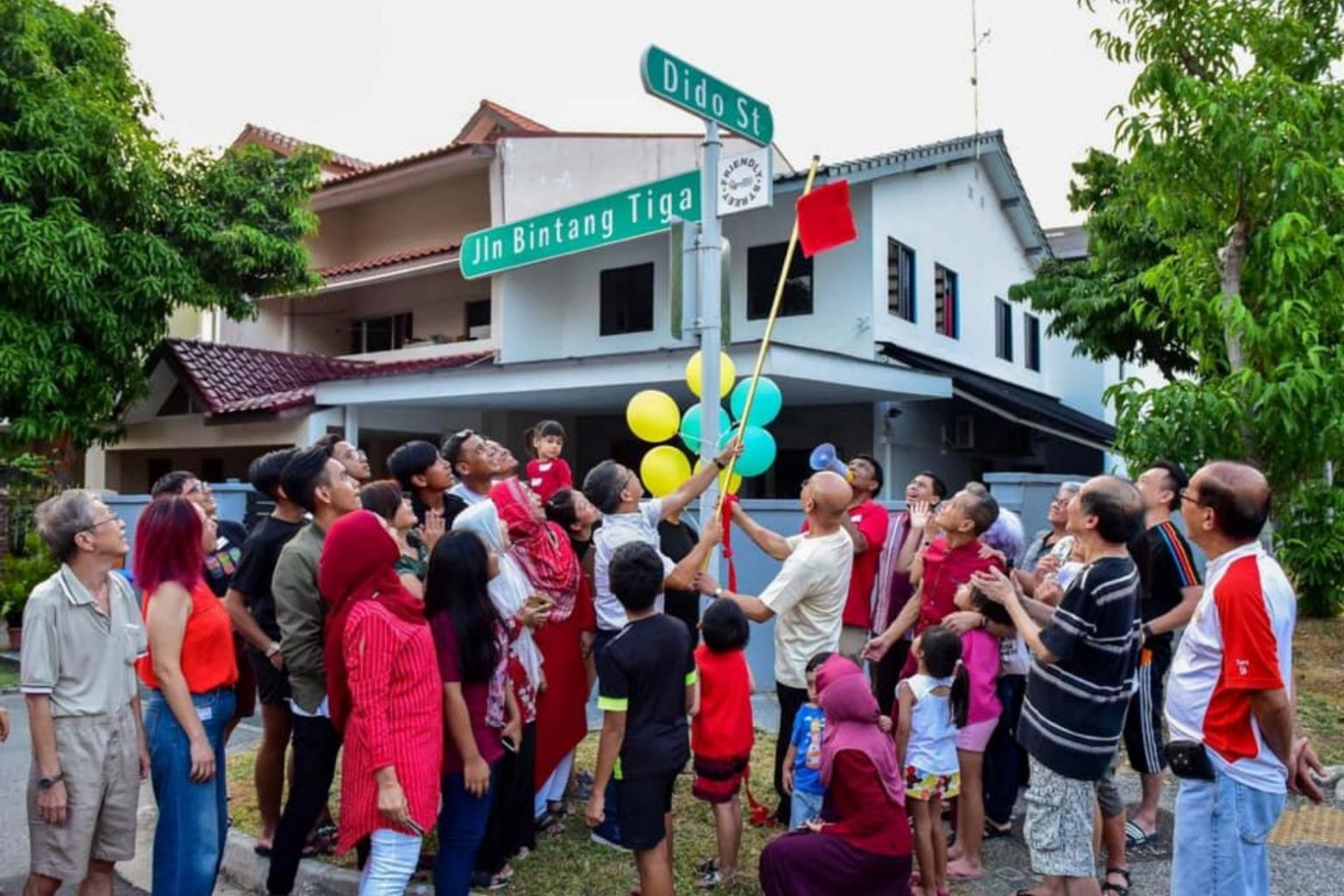SINGAPORE - In a world where biases and preferences persist, how Singapore progresses on racial harmony could boil down to individuals making the first move to break the ice and open the door to achieving better relations with one another, panellists at a discussion said on Wednesday (July 14).
Minister for Culture, Community and Youth Edwin Tong said lessons could be drawn from the notion of everyday neighbourliness. "The more you know of someone from a different race, different culture, different background, the more accepting you will be because... you become personally invested in it."
Added Mr Tong, who is also Second Minister for Law: "All of us are different. It's not just race, we all have different likes, preferences... And the human being is engineered to get along with people who have the same likes and dislikes. That's how we are."
But he cautioned that such preferences were not in the same category as prejudices, which, in turn, are a bit different from discrimination.
Nominated MP Shahira Abdullah underlined the need to encourage people to recognise that "even though we are different, we celebrate our differences".
"And then we can make sure that even if there are racial biases or discrimination, with more understanding, we are able to overcome it."
The discussion on race relations and harmony was organised as part of a monthly webinar series by The Straits Times, and comes on the back of a number of race-related incidents and greater discussion on the issue of race in recent months.
Joining Mr Tong and Dr Shahira on the panel were Tamil Murasu news editor and digital editor Tamilavel, as well as hash.peace general secretary Leonard Sim and grassroots activist Hafez Sorouri Zanjani, who are both youth advocates with OnePeople.sg, the national body promoting racial harmony.
During the session, moderator and ST's Singapore editor Zakir Hussain asked what could be done to address issues of race and racism, and whether a deficit in neighbourliness could be a factor.
Mr Tong cited a street in Opera Estate in his Joo Chiat ward - Jalan Bintang Tiga - as an example of camaraderie among residents of different races and religions, thanks to a long-running annual street party held around National Day each year.
"With more understanding, with more of knowing who my neighbour is, I will resist pressing on the horn a bit more, I will not call the police each time the car comes two inches closer to my gate, and I will instead reach out to my neighbour, and I think we start a dialogue this way," said Mr Tong.
"Municipal tensions came down noticeably because of this," he added. In 2019, Jalan Bintang Tiga was crowned the first "friendly street" by the Singapore Kindness Movement.

The minister noted that in the same vein, while a legal framework exists to preserve racial harmony, the actual work to build relations must be done by people on the ground.
Mr Tamilavel talked about how this could start with parents setting social norms for their children, such as greeting their neighbours in the lift, regardless of race.
"We have to start at home, as young as possible, and in schools," he said.
Sports was a platform that could unite people, he added.
Mr Tong agreed, citing an inter-religious football tournament in Joo Chiat - where teams from a temple, church and mosque came together - as an example of platforms that could be built for people to know one another better.
The panellists also acknowledged that schools and workplaces are spaces where daily microaggressions, or slights related to race, can occur - but also where there are opportunities to shape mindsets and values on diversity and inclusion.
Mr Tong talked about how he had heard some cases of people at vaccination centres saying they did not want to get their jabs administered by a person of a particular race. Dr Shahira, an orthodontist, related an instance at the workplace where a patient asked for a chair to be "cleaned properly" after someone from another race had sat on it.
Said Mr Tong: "We have to stand up, call it out, correct it... and not allow this to become normalised. Once it becomes normalised, those who are the subject and the victims of microaggressions will feel it's a lost cause. When we get to that stage, it becomes a slippery slope."
He added: "We have to be proactive... inoculate against a situation. But when it does arise, it's got to be dealt with."
Striking a 'new balance' each time
On the matter of racial bias, Mr Tong said Singapore's starting point and calling card were its diversity.
"We are not homogeneous, nor should we try and shoehorn our society into one which makes us all uniform... that's why there are differences. These differences do mean that each of the groups will have its own practices or beliefs," he said.
Each group should not assert its space, but keep common spaces growing, he added. "The more there is personal space, the less there will be common spaces. And when there's less common spaces, there's less room for understanding and eventually tolerance and embracement."
Earlier, Mr Tong noted how social media had led to the increased amplification of racially charged incidents of late, most prominently in the case of former polytechnic lecturer Tan Boon Lee, whose bigoted outburst against an inter-ethnic couple in June ignited a national conversation on race.
The minister acknowledged the role played by "international influences", saying: "We are not immune to that, we can't be impervious. We've also been seen as a ground where some of these influences have taken some root."
But race relations in Singapore should not be measured by "sporadic moments", he said.
"What's important for us to look at and chart our progress is where we've been, and how far we've come, and take a longer-lens view of things," he said. "We started as a young country in the 1960s, to where we are with education, with a lot more of the outcomes from structural policies that have been put in place to encourage integration, mixing."
It remains important for Singapore to deal with issues that crop up along the way - and with each generation, a new balance must be established, added the minister.
He contrasted Singapore's state of affairs with other places in the world, where "racial, religious fault lines have really threatened to break society apart".
"I think in that way we have done well. And we must not forget that, even as we see each of these issues that come up from time to time - and there will be, continually," said Mr Tong. "It tells us that we've got a good system, it's worked well for us… but we do need to be refreshed in our approach."


